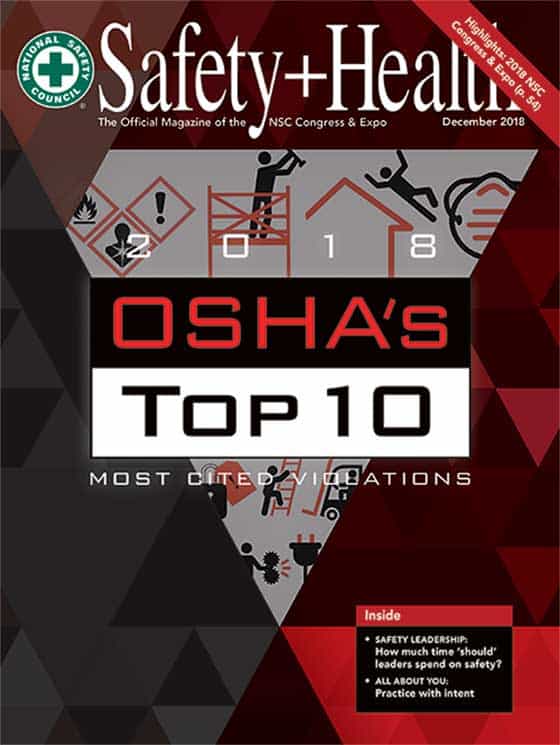- 800.525.2690
- [email protected]
- Mon - Fri: 8:00 - 4:30
Fit checking hearing protection

How does fit checking minimize the risk of hearing loss claims and help workers properly use hearing protection products?
Traditionally, the verification of how well an ear protector (muff or plugs) attenuates has been conducted under laboratory standards that resulted in reporting a noise reduction rating. The resulting NRR score simply implied the expected attenuation when the product was properly installed at the time of use. Eventually, it was recognized that numerous end users weren’t achieving these values for a number of reasons, such as poor fit, improper insertion or lack of comfort. As a result, employees with significant threshold shifts were identified through audiometric evaluations and advised about better options and procedures to minimize the risk of further hearing loss or workers’ compensation.
For those who were concerned about how to improve the selection and use of hearing protectors, in addition to verification of real ear attenuation at the time of fit, a new science known as fit checking was introduced. Test results were reported with a personal attenuation rating, and, as with NRR, scores with higher PAR value had greater attenuation. However, in this case, the value was a real onsite score for the employee, not a score achieved in a laboratory.
